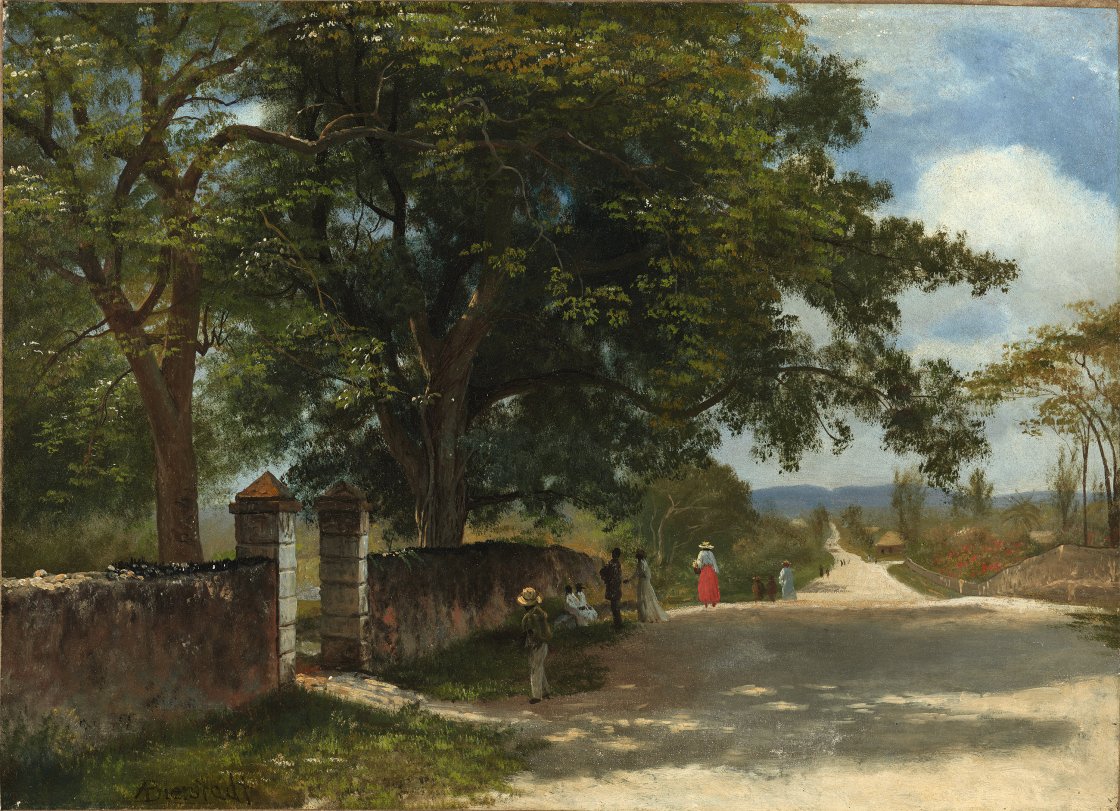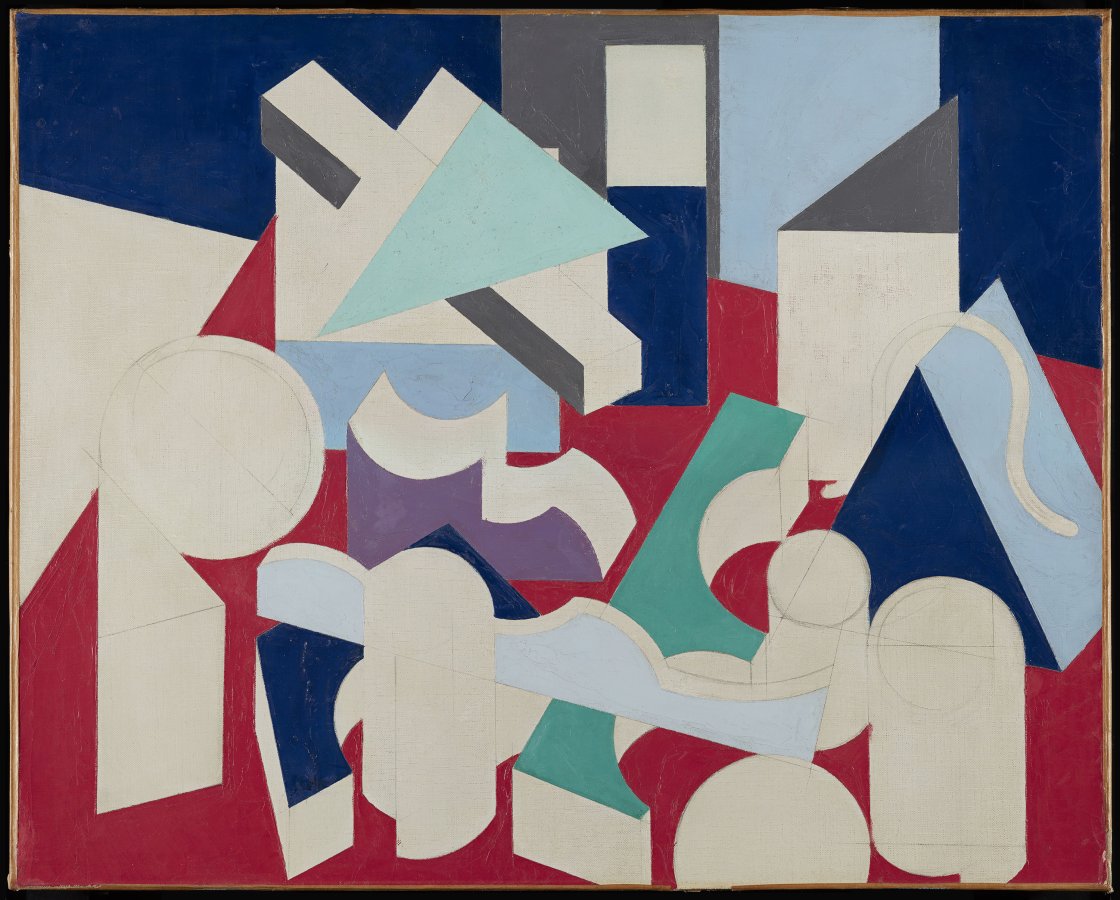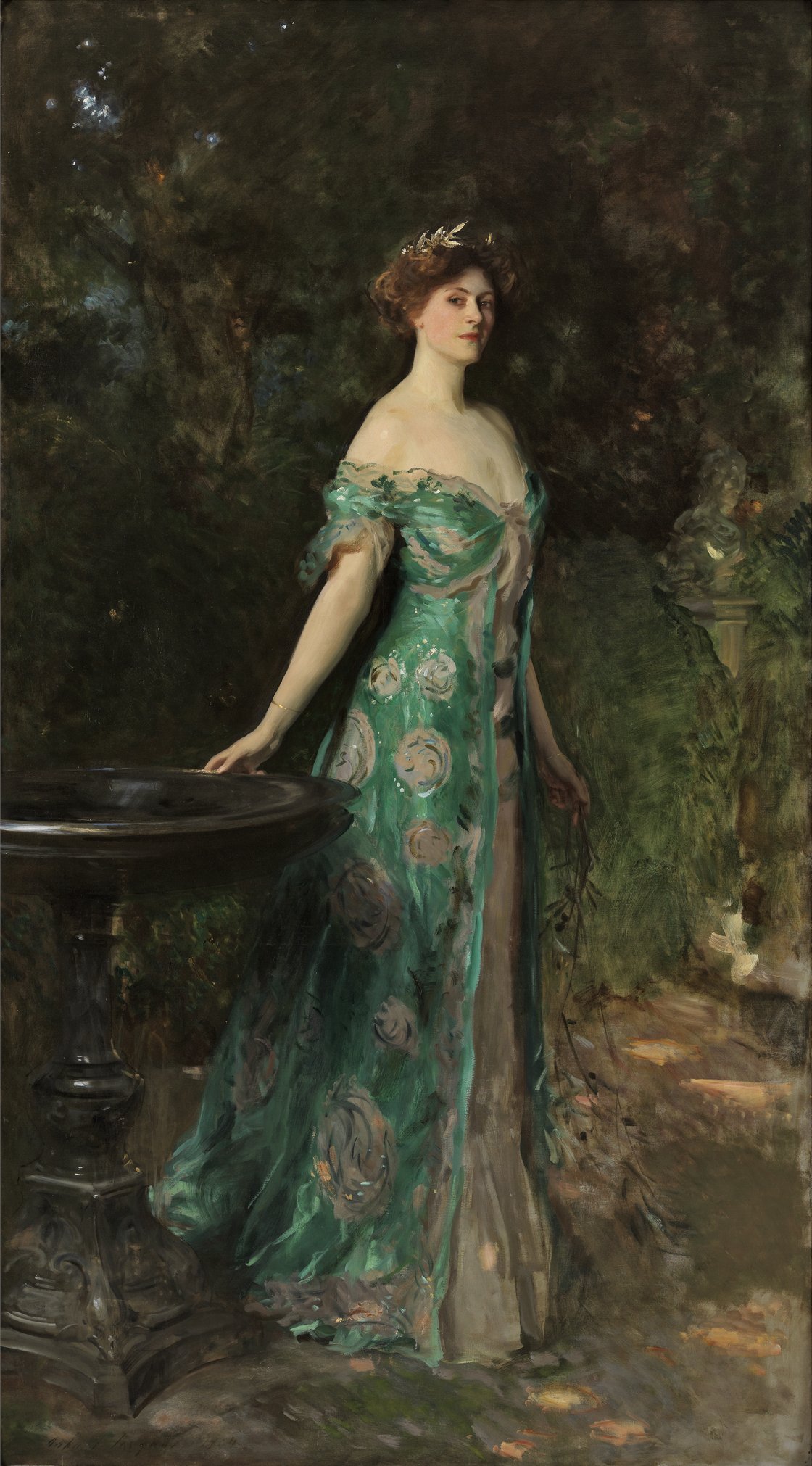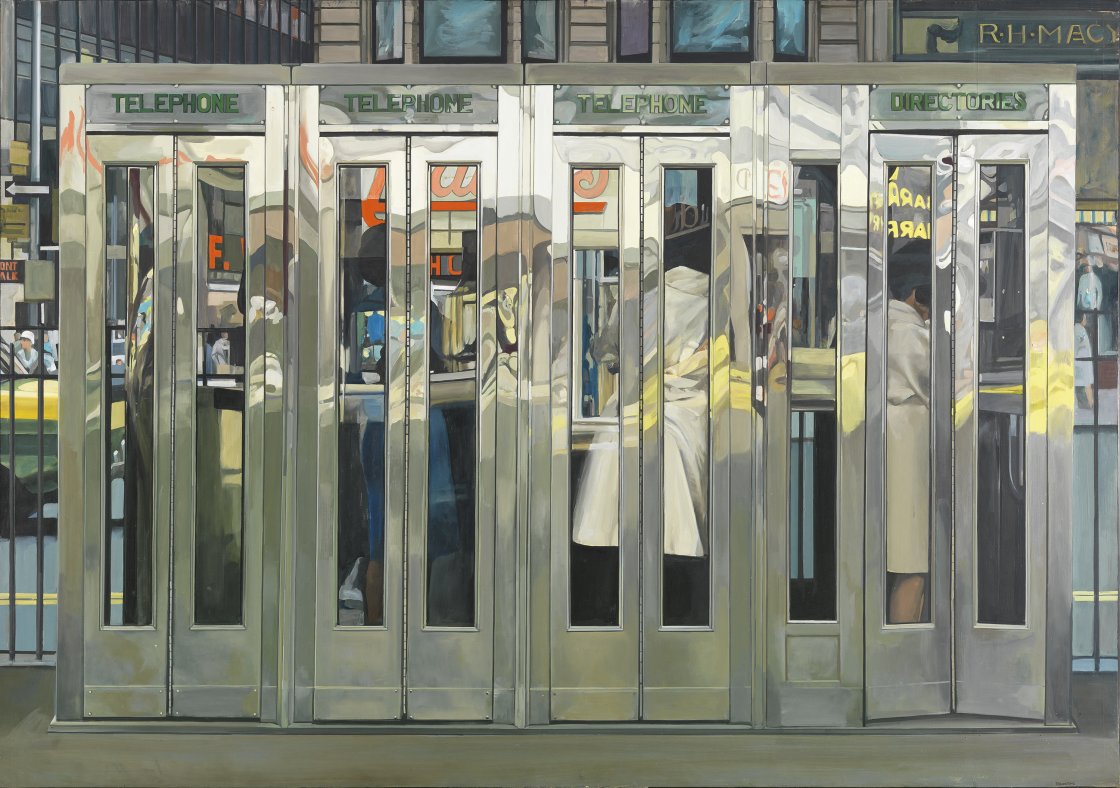Open Windows 11
September 2022
To mark the exhibition of American Art from the Thyssen Collection, this issue of Ventanas, the digital magazine that publishes research on the museum’s holdings, is devoted to American art. An integral part of a curator’s daily routine, this investigative work is not limited to supporting exhibitions but also studies and explores new findings and interpretations of the artworks in the collection, taking a self-reflective approach to the latest historiographical trends.
Accordingly, in the first essay, which focuses on Street in Nassau by Albert Bierstadt, a German-trained painter known chiefly for his landscapes of the American West, Alba Campo Rosillo examines issues of race and national identity that interested the artist during his visits to the capital of the Bahamas. Also in this issue, Campo Rosillo takes a look at the fascinating figure of the Duchess of Sutherland, whose portrait was painted by John Singer Sargent in 1904; Clara Marcellán gives an account of the gestation and evolution of American Synchromism precisely at a time when the museum’s galleries are hosting a selection of works resulting from this artistic experiment lent by the Vilcek Foundation in New York; and, lastly, Paula Pérez Arias surveys Richard Estes’s complex hyperrealistic painting Telephone Booths in connection with the political and artistic context in which it was created in 1967.

Bierstadt’s view of a street in Nassau: a painting about becoming
Alba Campo Rosillo
Albert Bierstadt was particularly adept at capturing the atmosphere of his time in powerful works that clearly fascinated Baron Hans Heinrich Thyssen-Bornemisza.

‘Please don’t say synchronisme...
Clara Marcellán
... which doesn’t apply to painting, the termination is “chrome”, color’. Of all the isms of modern art, one is less familiar to the European public: Synchromism.

Lady Britain: John Singer Sargent’s portrait of Duchess Millicent
Alba Campo Rosillo
In 1904 they had both achieved public recognition, and they came together to craft a genial portrait. She, the sitter, was an esteemed figure in London’s social, literary and diplomatic circles. He, the painter, was a consecrated artist who captured on canvas the celebrities in that milieu.

Looking and being looked at: Richard Estes’s telephone cabins
Paula Pérez Arias
Richard Estes’s Telephone Booths is an urban scene with four occupied phone cabins in the foreground. Around them and reflected on them we catch glimpses of buildings, shops, signs and motor vehicles – recognisable by their yellow colour as taxis – and other features typical of modern life in New York.
